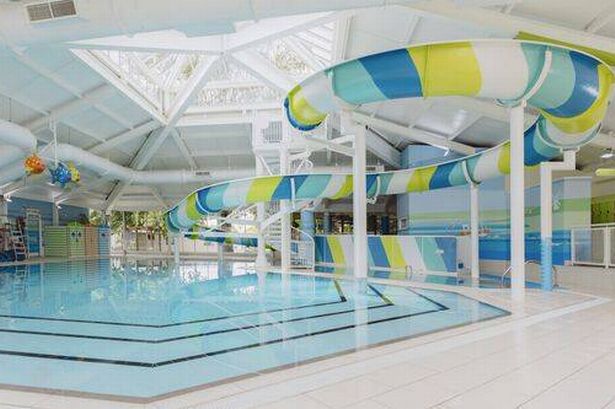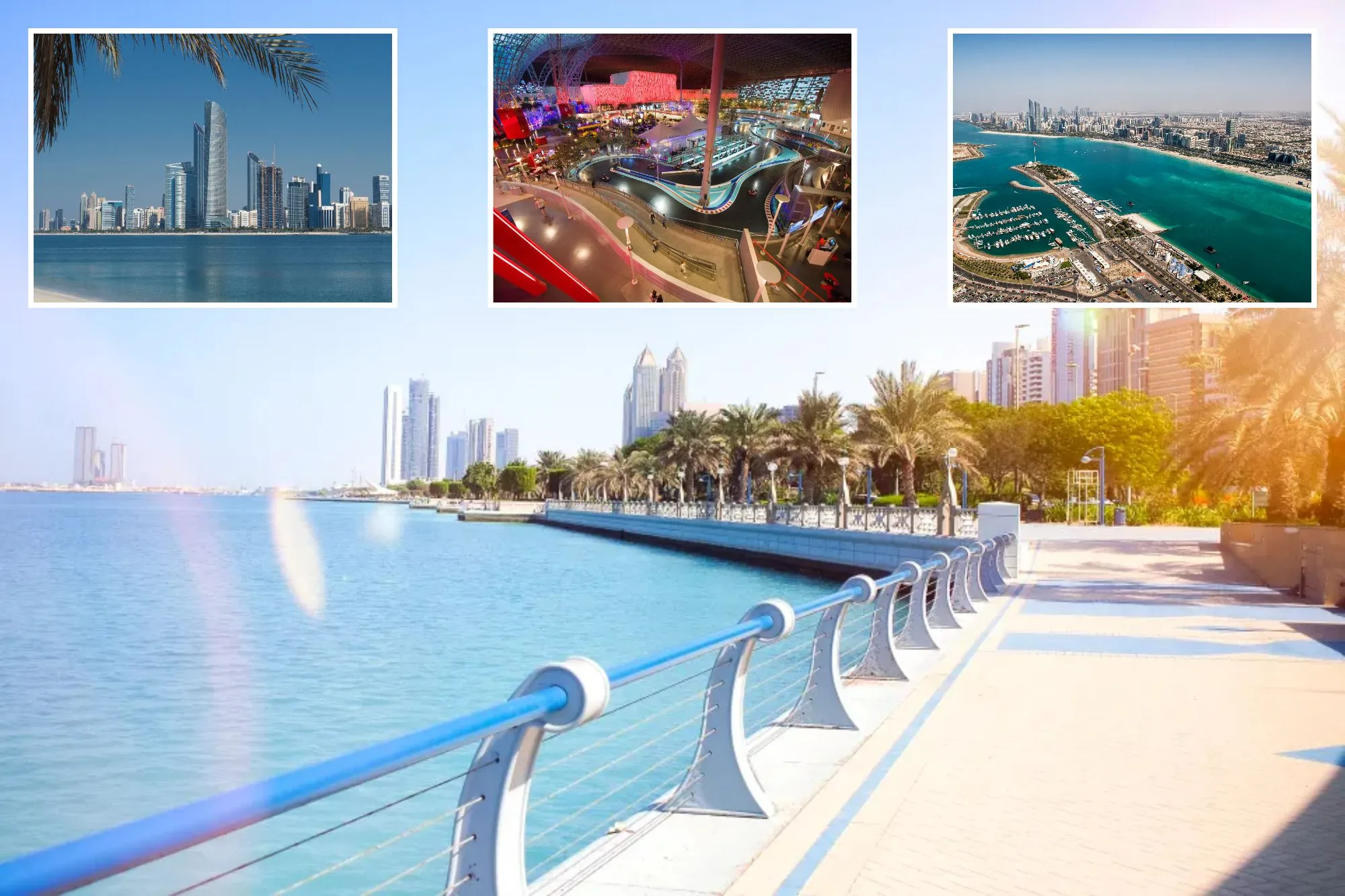The AA has named the UK’s Holiday Park of the Year, and it’s in a beautiful coastal location with a sandy beach, plenty of entertainment, and lots to do in the area
The UK’s Holiday Park of the Year has been announced, and it’s nestled on a stunning stretch of Norfolk coast, sandwiched between two popular seaside resorts.
Haven’s Hopton Holiday Village, located between Lowestoft and Great Yarmouth and near the Suffolk border, has been awarded a five-star rating by the AA, with the inspector praising its: “Excellent leisure and entertainment facilities for all ages.”
The AA Caravan and Camping Awards 2025-26 judged parks across the UK, covering a variety of award categories, from Small Campsite of the Year to Glamping Site of the Year. Hopton scooped up the coveted AA Holiday Park of the Year award, with inspectors praising its picturesque coastal location, natural countryside setting, and superb range of on-site amenities.
Home to 775 static caravans, the park is situated in the village of Hopton, known for its long sandy beach that becomes a hotspot during the summer months. Visitors can take advantage of direct beach access, allowing them to spend their days lounging on the golden sands or strolling along the low grassy cliffs.
Hopton village itself has classic seaside charm, complete with fish and chip shops, amusements, and a handful of convenient stores. There’s also plenty to do in Great Yarmouth, just a ten-minute drive away, offering family-friendly rides at the Pleasure Beach, the chance to discover marine life at the SEA LIFE Centre, or enjoy traditional seaside fun on the pier.
A mere 40-minute drive north from Hopton, you’ll find Horsey Gap, a beach known for its large grey seal colony. The best time to see them is during the pupping season, which runs from late October to February, reports the Express.
Visitors can use the viewing platforms to spot these adorable creatures without disturbing them.
Another fantastic day out is Pleasurewood Hills Theme Park, situated about 15 miles from the park. This popular attraction has something for everyone, from a Kiddie Zone for the little ones to thrilling rollercoasters for the adrenaline junkies.
There are also wildlife areas where you can spot colourful birds and sea lions, and a soft play area is included in the ticket price.
If you’d rather stay close to home, there’s plenty to do on site at Hopton Holiday Village. It boasts an indoor pool with flumes, as well as a covered outdoor pool that opens during the warmer months.
Families can enjoy a round of 6-hole golf or a game of tennis, hire bikes or karts, or have fun in the inflatable arena during the summer months.
As a Haven park, there are also loads of bookable activities such as a climbing wall, archery, and arts and crafts.
The park features a large entertainment complex, complete with a family-friendly restaurant, fish and chip shop, amusements, fast food takeaways, and The Marina Bar and Stage where Haven’s entertainment team put on shows. Evening entertainment kicks off with The Seaside Squad with games that keep the kids entertained, followed by activities such as bingo and all-ages shows.
You can nab a three-night stay at Hopton Holiday Village for as little as £59, based on a family of four sharing a saver caravan. Discover more and make your booking here.

































